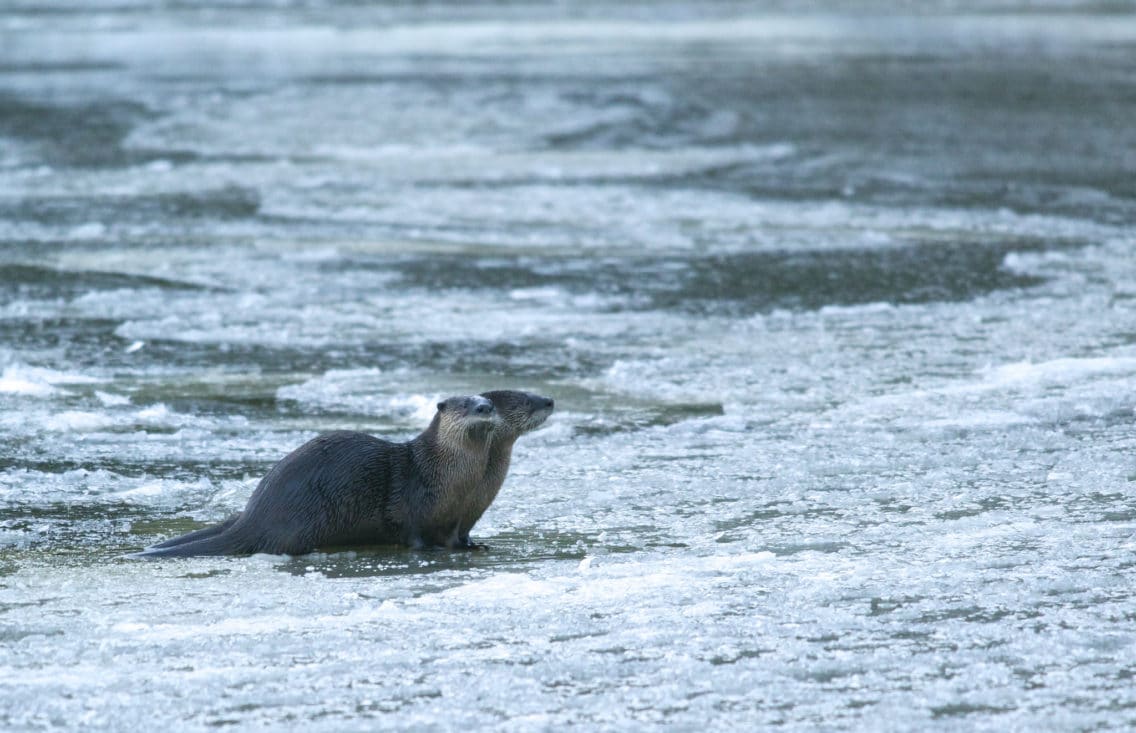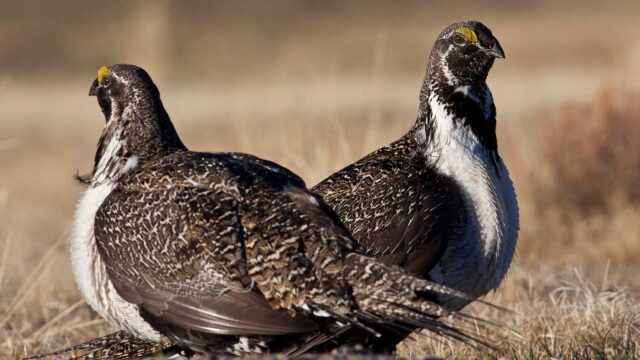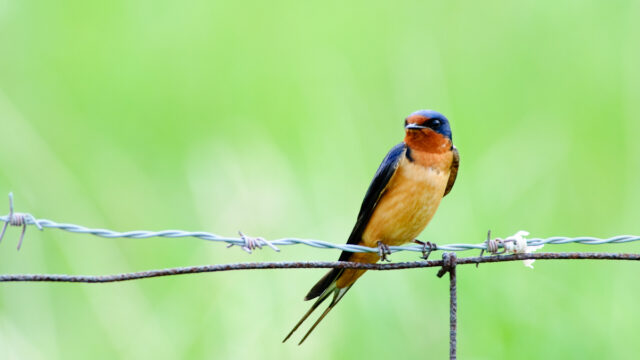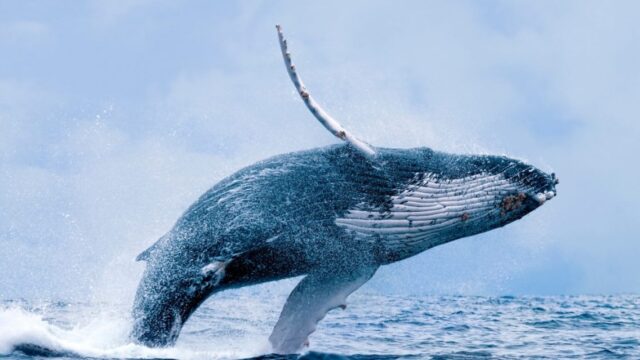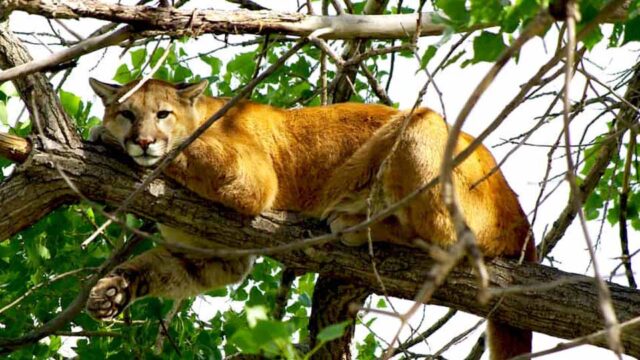Beginning in 1992, we pushed for a strong federal species protection law. This was our first major law reform initiative. Over the course of a decade, we worked with partners in the environmental community, engaged in consultations, offered drafting support, and forcefully responded when a weak species bill was proposed. We came to appreciate how slow law reform efforts can be, after two promising bills were sent back to the starting line when elections were called.
In 2002, after 10 years of work, the federal Species at Risk Act (SARA) received royal assent. When SARA became law, we released a comprehensive guide on how SARA can be used by citizens to protect vulnerable species and the habitat they rely on.
SARA requires that the federal government create recovery strategies for endangered and threatened species within a legislated time-frame. As of January 2014, 162 recovery strategies for threatened or endangered species were overdue, many by more than five years. For wildlife teetering on the brink of total collapse, these delays can mean the difference between recovery and extinction.
In 2014, Ecojustice lawyers went to court in a bid to force the federal government to produce recovery strategies for four at-risk species living along Enbridge’s proposed Northern Gateway pipeline and tanker route. The case was successful, and the ensuing judgment rebuked the federal government for chronic, unlawful delays in producing recovery strategies for vulnerable wildlife. But with so many species in need of immediate protection, it’s not feasible to rely on court actions alone to force the federal government to live up to its legal responsibilities. SARA’s failure to adequately protect at-risk species is a systemic problem that requires a systemic response.
Part of this systemic problem is underfunding. Quite simply, Environment Canada doesn’t have the resources it needs to do its job and recent funding cuts have only made problems worse. That’s why the federal government must increase funding for implementing SARA, to the tune of $40 million per year for the next five years.

